Maize: Ensure an airtight seal in the clamp
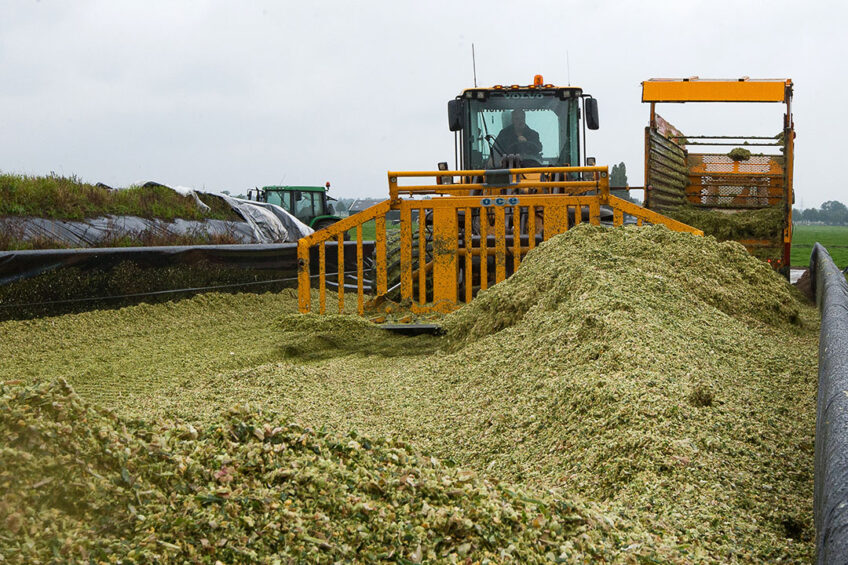
Maize silage is a high energy crop especially suitable for demanding cows but it can be an expensive forage to produce if not ensiled properly.
Due to the physical nature of maize silage, typically having a longer chop length and a higher dry matter, it can be harder to ensile in a clamp as there is more air present, leaving it a target for yeast and mould attack.

Another factor that needs to be considered is the later time of year that maize silage is harvested, more often during the damper season when yeast and mould could already be on the standing crop.
Clamp preparation
Silage clamps should be well cleaned out before adding fresh material again. In order to keep the oxygen out, the clamp walls should be lined with polythene sheeting, leaving a large overlap to ensure proper sealing with the top sheet.
Also, it is good practice to keep the area surrounding the clamp clean to avoid soil contamination brought in by machinery as soil introduces more spoilage organisms into the clamp.
When it comes to ensiling maize silage, specialist and agricultural contractors recommend the crop is ensiled as quickly as possible in the clamp. It is also suggested that a suitable silage additive is added to improve aerobic stability and reduce dry matter losses.
 The hidden risks of maize silage
The hidden risks of maize silage
New research shows dairy cows’ vulnerability to established and emerging mycotoxins and sheds light on their prevalence in feed.
Once the crop is harvested and hauled to the pit it should be rolled continuously to iron out the air pockets. Filling the clamp evenly in thin layers of a maximum of 15cm will help with consolidation, since this is the maximum depth that can be compressed effectively.
The front face should be kept pushed up and when all the maize is all ensiled, the clamp should be covered and sealed with the appropriate plastic sheeting for rapid, anaerobic fermentation.
Ideally the crop should be harvested and the clamp sealed within 2 days to minimise losses. The cover should be weighed down with tyres or bales to prevent air from re-entering the crop.
Using 2 500-gauge polythene sheets, with the bottom layer being new and the top recycled from the previous year’s clamp, is a cost effective means of sealing the silo or a single 1000-gauge sheet can also be used.
 How to mitigate feed safety risks in ruminant diets
How to mitigate feed safety risks in ruminant diets
While ruminants are well-designed to leverage the feed-to-food upcycling trend, production efficiency can never come at the expense of safety.
Tips to increase feed quality
The quality of the maize silage at feeding time is determined by the efficiency of the ensiling and covering processes. The silage ferments according to the amount of starch or sugar available plus their buffering capacity and secondly how easily they heat up in the presence of air, also called aerobic spoilage.
Maize silage can heat when the cover is removed to feed the cattle, especially in warm weather or when using the crop from the silo face is slow.
In such cases a narrow face can help reduce waste as the volume of silage left exposed to the elements is less. Extracting the silage from left to right across the face making sure to use the oldest exposed material first is another good tip to keep wastage levels down.
 Maximise use of grazed grass for cost effective milk production
Maximise use of grazed grass for cost effective milk production
Dairy farmers now, more than ever, must ensure they maximise the use of every square inch of grazed grass to help produce milk at a lower cost.
Silage clamps mainly heat at the top and shoulders where compaction is less, which is often shown as a 10°C difference in temperature between the top and bottom of the clamp. It can take 3 days for silage to heat up when exposed to air during the summer months or 5 days in the winter.
Using a silage additive can improve aerobic stability and reduce dry matter losses by up to 50%, however choosing the correct additive is important for optimal effectiveness. Yeast and mould can tolerate lactic acid so a different type of fermentation which produces propionic acid and acetic acid is required to stabilise maize silage.
Join 13,000+ subscribers
Subscribe to our newsletter to stay updated about all the need-to-know content in the dairy sector, two times a week.
 Beheer
Beheer

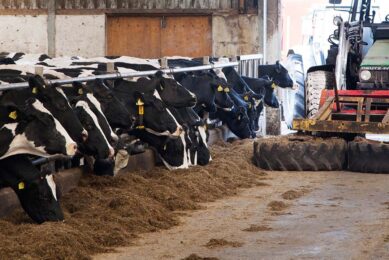
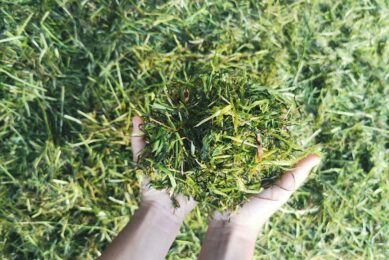
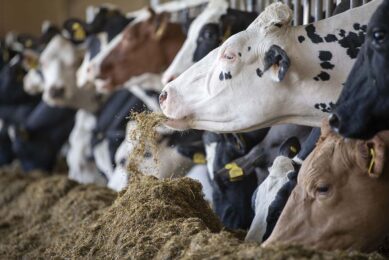
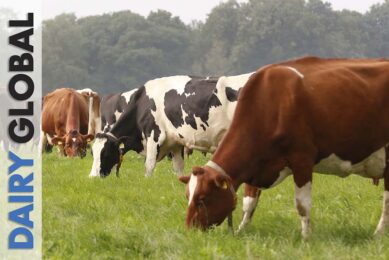




 WP Admin
WP Admin  Bewerk bericht
Bewerk bericht